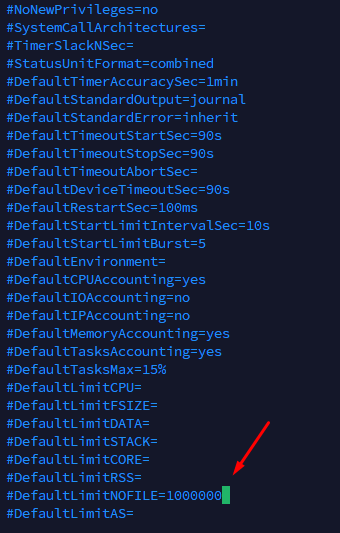How to Install a Solana Validator Node (Testnet 2025) on Ubuntu 24.04
Learn how to set up and run a Solana validator on the testnet using Ubuntu 24.04. This step-by-step guide covers keypair management, validator configuration, system tuning, and monitoring to get your node up and running smoothly.
CRYPTO


How to Install a Solana Validator Node (Testnet 2025) on Ubuntu 24.04
Introduction
This tutorial will guide you through setting up your first Solana validator node on the testnet cluster. The testnet is Solana’s dedicated environment for performance testing, where new software releases are thoroughly evaluated before reaching the mainnet. It offers a safe and practical space to learn validator operations, test configurations, and become familiar with the system, without putting real assets at risk.
In this walkthrough, we are using a server equipped with an AMD Ryzen 9 9950X processor, 192 GB of RAM, and two 1 TB NVMe drives with no RAID configuration. Keep in mind that hardware requirements for running a Solana validator on testnet may differ from those required for mainnet deployment.
Solana RPC Node Hardware Requirements (2025 Guide)
PART 1 – Install the Solana CLI for Linux
Important: This section covers installation on your local computer.
After a successful install, "agave-install update" may be used to easily update the Solana software to a newer version at any time.


PART 2 - Login to your server and update Ubuntu packages


PART3 - System tuning for Solana validator server


PART 4 - Copy the Key Pairs
PART 5 - Creating a Validator Startup Script
PART 6 - Verify that Validator is working
Your Solana validator is now successfully set up and running on the testnet. This environment offers a safe and effective way to practice validator operations, fine-tune your configuration, and gain hands-on experience without any financial risk. As you become more confident, you can adapt the same setup process for devnet or even mainnet deployment.
For ongoing guidance, advanced configuration options, and best practices, refer to the official Agave Solana Validator documentation
You may also like:
